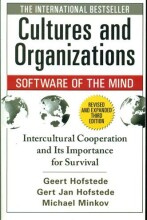Cell Metabolism - Stages of glucose oxidation: glycolysis, krebs cycle and oxidative phorphorylation - The electron transport chain
5 important questions on Cell Metabolism - Stages of glucose oxidation: glycolysis, krebs cycle and oxidative phorphorylation - The electron transport chain
What happens during the electron transport chain?
What happens when the electrons reach the final component of the chain?
How many ATP is synthesized for every pair of electrons released by NADH?
- For every NADH molecule, 2 or 3 ATP molecules are synthesized.
- For every FADH2 molecule, 1 or 2 ATP molecules are synthesized.
- Higher grades + faster learning
- Never study anything twice
- 100% sure, 100% understanding
What is chemiosmotic coupling and what energy does it use?
Firstly it uses energy released in the electron transport chain to transport H ions across the inner mitochondrial membrane against their concentration gradient. Then it uses energy stored in this gradient to make ATP.
What are the 3 steps in oxidative phosphorylation?
- NADH and FADH2 release their electrons to the electron transport chain. These electrons then emerge from it to combine with oxygen, forming water as an end-product.
- The movement of electrons through the chain releases energy, which is used to transport hydrogen ions. This transport creates a concentration gradient that stores some of the energy released during electron transport.
- This stored energy is released when H ions flow through ATP synthase, which used this energy to make ATP.
The question on the page originate from the summary of the following study material:
- A unique study and practice tool
- Never study anything twice again
- Get the grades you hope for
- 100% sure, 100% understanding
































